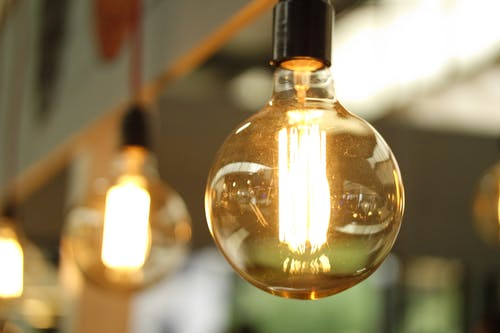Electricity For Home Improvement
Houses That Use Almost No Energy At All
Ultra-efficient homes use cutting-edge energy-efficient building materials, appliances, and lighting, as well as renewable energy solutions like solar water heating and power that can be bought in stores. Designers can often combine passive solar heating and cooling with energy-efficient landscaping solutions by taking advantage of the local climate and site features. The goal is to cut energy use in homes as much as possible while making up for the lower demand with renewable energy installations on-site.
Earth-Sheltered Homes That Save Energy
Earth-sheltered homes can be built underground or on a berm, and if well-designed and built, they can be comfortable, durable, and energy-efficient.
Interior Design For A Straw Bale
Between 1895 and 1940, there were a lot of straw bale houses in the United States, but building codes didn’t start to recognize them as a good choice until the mid-to-late-1990s. Straw bale construction in the “post-and-beam” or “non-load-bearing” style uses a structural framework filled with straw bales. Straw bale construction in the “Nebraska style” or “load-bearing” style relies on the bearing capacity of the stacked bales to support roof loads.
How Well Log Homes Use Energy
Log homes use solid wood logs for the walls and insulation to make them energy efficient and keep them that way. This means they must be carefully planned, built, and kept up.
Prefab Homes That Are Good For The Environment
Mobile homes are another name for manufactured homes, and they are built to HUD standards and have a permanent frame that lets them be moved. The energy efficiency of these homes can be improved by caulking and weather stripping, sealing air leaks, and installing lighting and appliances that use less energy.
Solar Power That Is Used Without Doing Anything
Passive solar homes are built so that the sun’s energy is used to heat space or the water instead of electricity or other energy sources. Instead of machines or electricity, a passive solar home uses its windows, walls, and floors to collect, store, and send out solar energy. Depending on your home, it may be a good fit for passive solar design features. Elements of passive solar design can also be added to and changed in homes that are already built. The Department of Energy and Passipedia are good places to learn more about passive solar options.
Different Options For The Outside

Did you know that using lighter paint, siding, and shingles can reduce your home’s peak cooling needs? Energy Star roof solutions include coatings that make the roof more reflective of the sun, cut down on direct sun exposure, and spread out the sun’s rays. These products are made to lower surface temperatures by up to 100 degrees Fahrenheit, making it harder for heat to move into buildings. Find out how to save money by calculating how much your roof can save you.
Electrical Projects You Can Do This Year To Improve The Look Of Your Home
Because of lockdowns, businesses are closing, and rules about keeping people apart, almost everyone spends more time at home. Now is a great time to finish your electrical home repair tasks and maybe start a few more since there are fewer things to distract you.
Replace The Outlets In Your Home
Today, many different types of power outlets can be put in your home to make it look and work better. Traditional outlets can be replaced with devices with USB converters for convenience, Arc-Fault Interrupters (AFCIs) for fire safety, and tamper-resistant features to keep children from messing with them.
Innovative Home Technology Is Getting Better
Replace your old appliances and wiring with the smartest ones on the market to find out what everyone’s talking about. Use your downtime to list the things that can be upgraded. Some examples are thermostats, doorbells, kitchen appliances, security cameras, lighting, and alarm systems.
